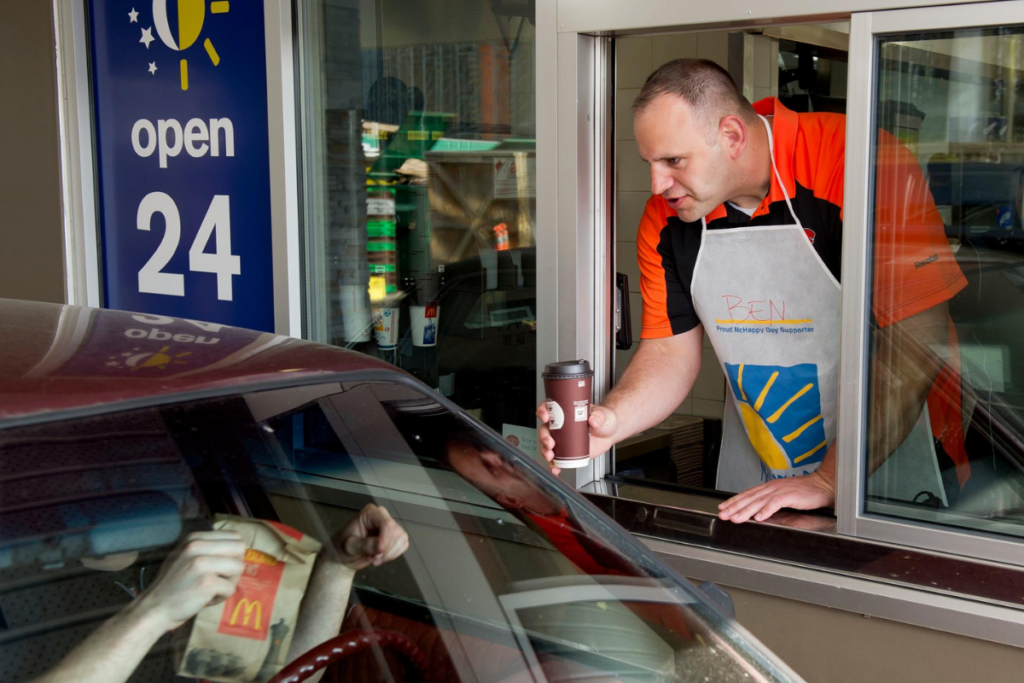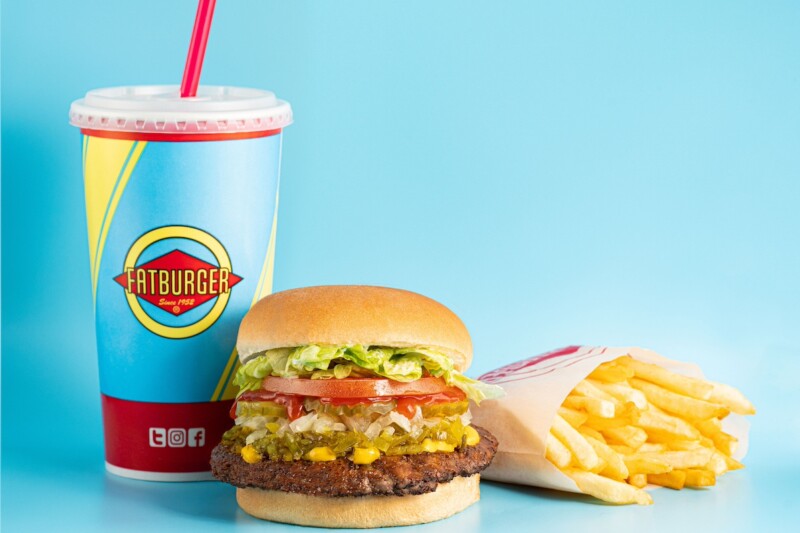McDonald’s Canada Is Getting Rid of Plastic Cutlery, Stir Sticks and Straws by December
Green Restaurant Association offers advice on choosing the greenest disposables.

McDonald’s Canada is saying goodbye to plastic cutlery (except its McFlurry spoons), stir sticks and straws and replacing them with wooden and paper alternatives by December.
This phase-out is occurring at all of the more than 1,400 Canadian locations and comes as the government of Canada moves to ban single-use plastics, with regulations expected to be finalized by the end of this year.
“By being part of the Canadian fabric and serving close to 3 million guests every day across more than 1,400 restaurants, McDonald’s Canada is playing an important role in the ongoing reduction of single-use plastics in the country,” says Rob Dick, supply chain officer for McDonald’s Canada, in a press release. “By removing these single-use plastics in our restaurants, we show our ongoing commitment to minimize our environmental footprint and to help protect the planet for future generations.”
Wooden cutlery and stir sticks already are being rolled out in restaurants, with paper straws following this month. The brand expects “the last plastic straw” to be used in December.
In 2019, McDonald’s Canada introduced a 20% smaller napkin in its restaurants that’s made with 100% recycled fiber. The move, according to the brand, eliminated more than 900 tons of paper from the Canadian system.
With the phaseout of plastic cutlery, stir sticks and straws, McDonald’s Canada anticipates removing around 840 tons of plastics.
As more places move to ban single-use plastics—like Washington and Chicago—the Green Restaurant Association offers tips on how to choose the greenest disposables, from compostable and biodegradable to recycled and recyclable, in a video from November 2020.
In the video, a fictional character dubbed Sandy ponders whether compostable disposables would be right for her restaurant for takeout and delivery. However, the association noted that Sandy’s customers likely wouldn’t have composting options available at their homes.
Compostable disposables only are advised to be used if the waste management compost service accepts the specific type of compostable packaging, if customers are disposing of their takeout on site and if the disposable items are commercially compostable.
When choosing the greenest disposables, the association says to look for three things: product with the highest post-consumer waste recycled content, product made with 100% recycled content and processed-chlorine free products.
So, in the video, Sandy was advised to use post-consumer waste recycled paper or plastic, which is made from products that consumers have used and recycled to be turned into new products.
The association says 100% recycled content—not to be confused with recyclable content—is important because every ton saves 12 trees, 1,196 gal. of water, 1,560kW of energy and 1,976 lb. of greenhouse gases.
Watch the full video here:
RELATED CONTENT
- Advertisement -
- Advertisement -
- Advertisement -
TRENDING NOW
- Advertisement -
- Advertisement -
- Advertisement -


